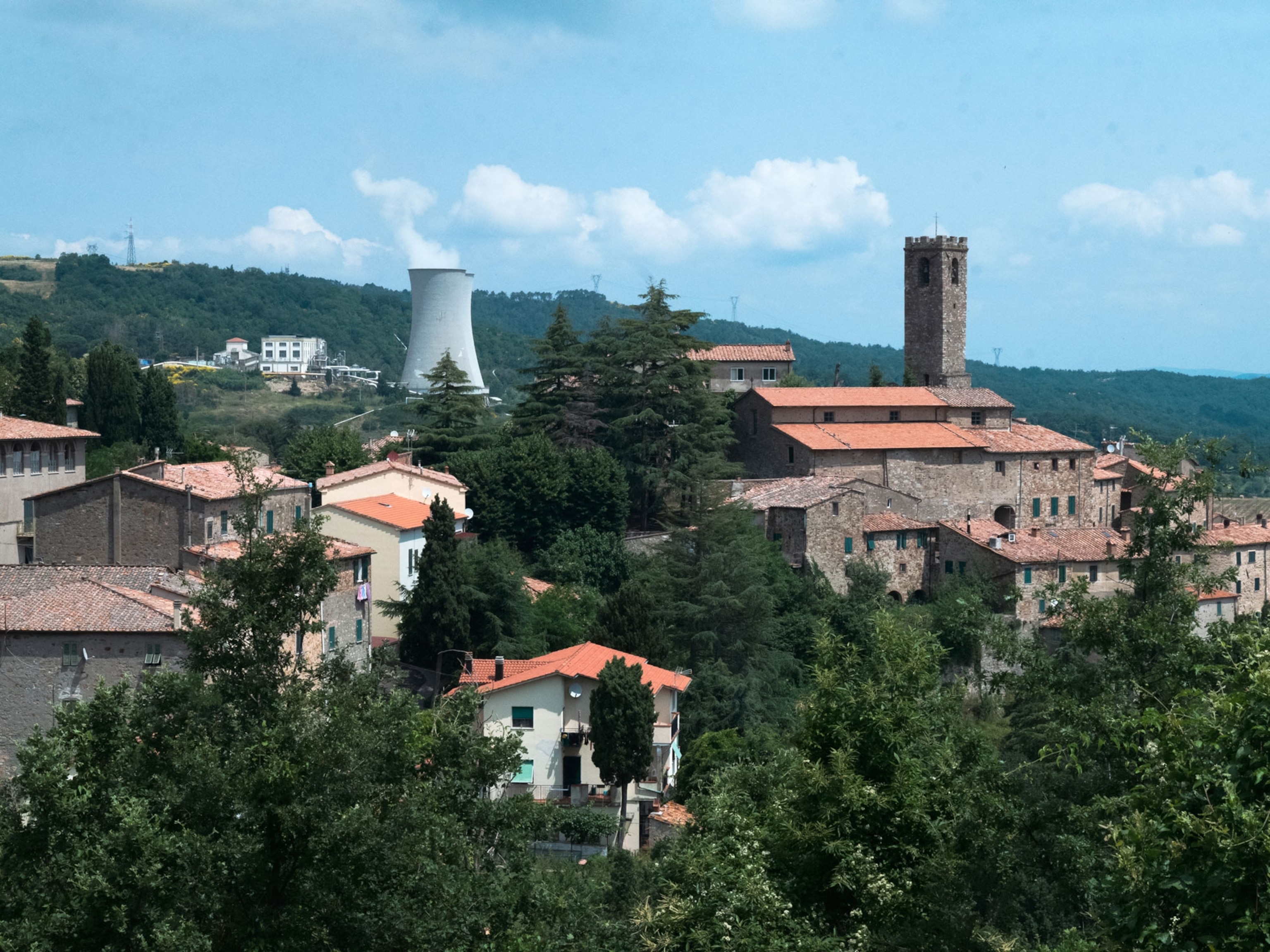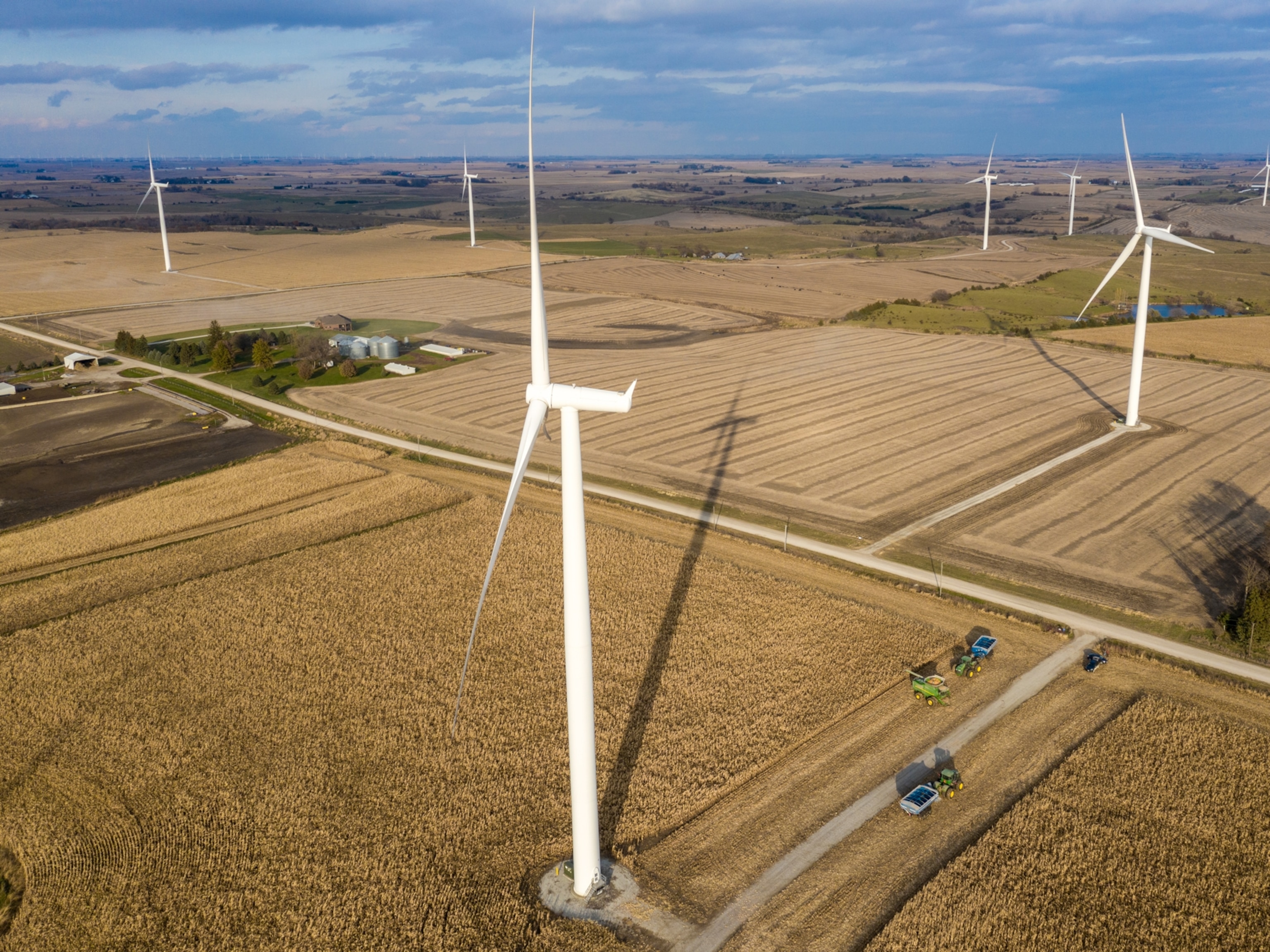
U.S. Backs Three Cutting-Edge Offshore Wind Projects
Projects in three states will lead the way as the United States attempts to leap ahead on offshore wind power by deploying cutting-edge technologies. The Obama administration announced on Wednesday it would grant awards of up to $47 million apiece to three renewable energy projects.
The U.S. Department of Energy selected projects in Oregon, New Jersey and Virginia from among seven candidates that had received around $4 million in initial funding in December 2012. The winning projects feature technologies that move beyond offshore wind power as it has developed in Europe in the past decade – and as is planned for the Cape Wind project in Massachusetts.
That last controversial project has struggled for years to clear financial, regulatory and legal hurdles to become the first grid-connected U.S. offshore wind power facility. Cape Wind’s developers are now talking about completing construction in 2016 or 2017 – and 2017 is the target for the three smaller demonstration projects to be in the water. (See related story: “Cape Wind Deadline: Headwinds for Offshore Wind Power.“)
“These are pioneering projects that show what’s possible with offshore wind,” said David Danielson, the DOE’s assistant secretary for energy efficiency and renewable energy, who discussed the awards at a wind energy conference in Las Vegas.
All three of the selected projects plan to use direct-drive turbines (no gears), which have only recently begun to be demonstrated in European waters. The hope is that with offshore turbines becoming ever larger – able to produce 5 megawatts or more – direct-drive turbines can operate more reliably and economically than their geared counterparts, bringing down the high cost of offshore wind, a key challenge for the sector.
In another innovation seen as a potential long-term cost-cutter, the 12-megawatt Virginia project and the 25-megawatt New Jersey project plan to use “twisted jacket” foundations, described by the DOE as “a trussed structure that looks similar to a massive radio tower in the water.” The New Jersey project is targeted for waters three miles off Atlantic City, while the Virginia effort will test methods for developing wind power farther out on the continental shelf, 26 miles from Virginia Beach.
The 30-megawatt Oregon project would be a breakthrough on a couple of counts: It is the first meaningful proposal to develop offshore wind off the West Coast, and is made possible by using a semi-submersible floating platform design that has been successfully tested, but never deployed on a commercial scale. The Oregon turbines would go in 350-meter-deep waters 18 miles offshore from Coos Bay, taking advantage of a strong wind resource and spinning out of view from the coast on most days, backers say.
But while these three projects emerged from the DOE’s competitive process as winners, they don’t get all their money yet; instead, they will receive about $7 million to put their plans in final shape within one year, including clearing any permitting hurdles and, perhaps most notably, securing customers for their power.
The DOE emphasized that two of the projects not selected – a floating turbine project out of the University of Maine, and a project off Cleveland in Lake Erie were waiting in the wings as alternatives should one or more of the three winners falter.
“The [power] off-take agreement is a big step that each project is going to have to achieve,” said Jose Zayas, manager for the DOE’s wind and water power program. “If a team is not able to get an off-take agreement, they won’t be able to go forward.”
There is another challenge as well: While the $47 million from the feds is a huge sum in the finance-strapped U.S. offshore wind power sector, it won’t pay all the bills. Principle Power, for instance, has said the Oregon project, to be built by Deepwater Wind, will likely cost upward of $200 million.
Related Topics
You May Also Like
Go Further
Animals
- Octopuses have a lot of secrets. Can you guess 8 of them?
- Animals
- Feature
Octopuses have a lot of secrets. Can you guess 8 of them? - This biologist and her rescue dog help protect bears in the AndesThis biologist and her rescue dog help protect bears in the Andes
- An octopus invited this writer into her tank—and her secret worldAn octopus invited this writer into her tank—and her secret world
- Peace-loving bonobos are more aggressive than we thoughtPeace-loving bonobos are more aggressive than we thought
Environment
- Listen to 30 years of climate change transformed into haunting musicListen to 30 years of climate change transformed into haunting music
- This ancient society tried to stop El Niño—with child sacrificeThis ancient society tried to stop El Niño—with child sacrifice
- U.S. plans to clean its drinking water. What does that mean?U.S. plans to clean its drinking water. What does that mean?
- Food systems: supporting the triangle of food security, Video Story
- Paid Content
Food systems: supporting the triangle of food security - Will we ever solve the mystery of the Mima mounds?Will we ever solve the mystery of the Mima mounds?
History & Culture
- Strange clues in a Maya temple reveal a fiery political dramaStrange clues in a Maya temple reveal a fiery political drama
- How technology is revealing secrets in these ancient scrollsHow technology is revealing secrets in these ancient scrolls
- Pilgrimages aren’t just spiritual anymore. They’re a workout.Pilgrimages aren’t just spiritual anymore. They’re a workout.
- This ancient society tried to stop El Niño—with child sacrificeThis ancient society tried to stop El Niño—with child sacrifice
- This ancient cure was just revived in a lab. Does it work?This ancient cure was just revived in a lab. Does it work?
Science
- The unexpected health benefits of Ozempic and MounjaroThe unexpected health benefits of Ozempic and Mounjaro
- Do you have an inner monologue? Here’s what it reveals about you.Do you have an inner monologue? Here’s what it reveals about you.
- Jupiter’s volcanic moon Io has been erupting for billions of yearsJupiter’s volcanic moon Io has been erupting for billions of years
- This 80-foot-long sea monster was the killer whale of its timeThis 80-foot-long sea monster was the killer whale of its time
Travel
- How to plan an epic summer trip to a national parkHow to plan an epic summer trip to a national park
- This town is the Alps' first European Capital of CultureThis town is the Alps' first European Capital of Culture
- This royal city lies in the shadow of Kuala LumpurThis royal city lies in the shadow of Kuala Lumpur
- This author tells the story of crypto-trading Mongolian nomadsThis author tells the story of crypto-trading Mongolian nomads




